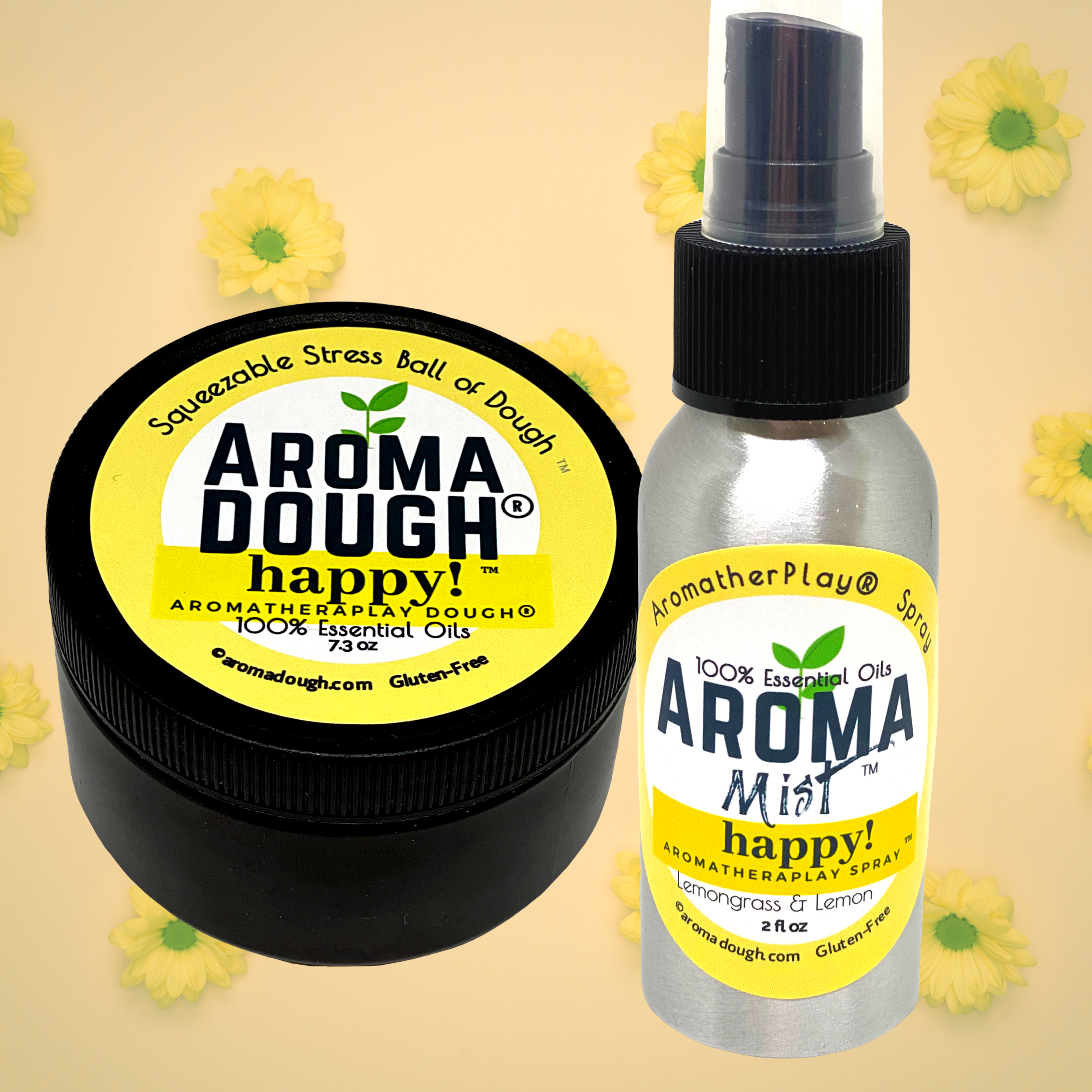
l0 Commentsl By by Diane Scott
Should Your Child's Art Supplies be Gluten-Free?
Should Your Children’s Art Supplies be Gluten-free?
As a parent, caregiver, or teacher of young children, you’re probably used to carefully reading ingredients for food, especially if a child is gluten-sensitive or has celiac disease. But what about toys? Should adults be concerned with ingredients of non-food items as well?
In short, yes.
In a recent message from Beyond Celiac, a research-driven celiac disease organization and support resource for celiac patients, the organization urges parents to consider vetting their children’s toys for potential gluten allergen triggers as well.
The particular message was in regard to the Slinky® Brand and More Fingerprint Science kit which was suspected of having been the possible cause of a severe allergic reaction involving upper airway swelling in a young child with a known wheat allergy. A white powder is included in the kit which was identified by researchers as containing a large amount of gluten, likely wheat. For a child with a wheat allergy, this toy could trigger mild or even severe allergic reactions.
While this incident is for a specific toy, parents and caregivers are urged to consider other potential toys that may contain allergens. Some of the most common triggers for allergens can be hiding in many children’s toys, especially those relating to arts and crafts.
Here’s a short list of which art supplies you should watch out for, as well as potential gluten-free alternatives.
Modeling dough
Commercial modeling dough typically contains wheat as a main component. Parents of gluten-sensitive and -allergic children have reported symptoms of rashes, bloodshot eyes, and other wheat reactions from playing with regular modeling dough.
Children with gluten-allergies shouldn’t have to miss out on the sculpting fun, though. Aroma Dough, we offer gluten-free, plant-based clean dough that’s free from artificial dyes and preservative.
Finger paints
Children who fingerprint tend to get more of the paint on themselves than the paper, so it’s especially important for those with gluten allergies to read the labels carefully. Wheat is a common ingredient used in finger paints, but they may also contain milk, corn and/or soy.
For your little budding Picasso, try Crayola’s Washable Finger Paints for a gluten-free option.
Paper mâché
Typical paper mâché mixes are made from wheat, flour, and water, which is undoubtedly a no-go for children with gluten intolerance. Even if a child doesn’t physically touch the paper mâché, he or she can still get sick from inhaling airborne gluten.
The brand AMACO creates a gluten-free paper mâché mix called Claycrete that’s made entirely of pure white paper pulp. Alternatively, you can also create your own version of paper mâché by thinning out gluten-free Elmer’s glue with water.
Overall, a good rule of thumb when shopping for children’s supplies is to make sure that you are choosing a brand that carefully labels their ingredients. If they don’t disclose their ingredients, it’s not worth the risk, especially for younger children who are more likely to put their fingers and hands into their mouths. Happy searching and happy crafting!






